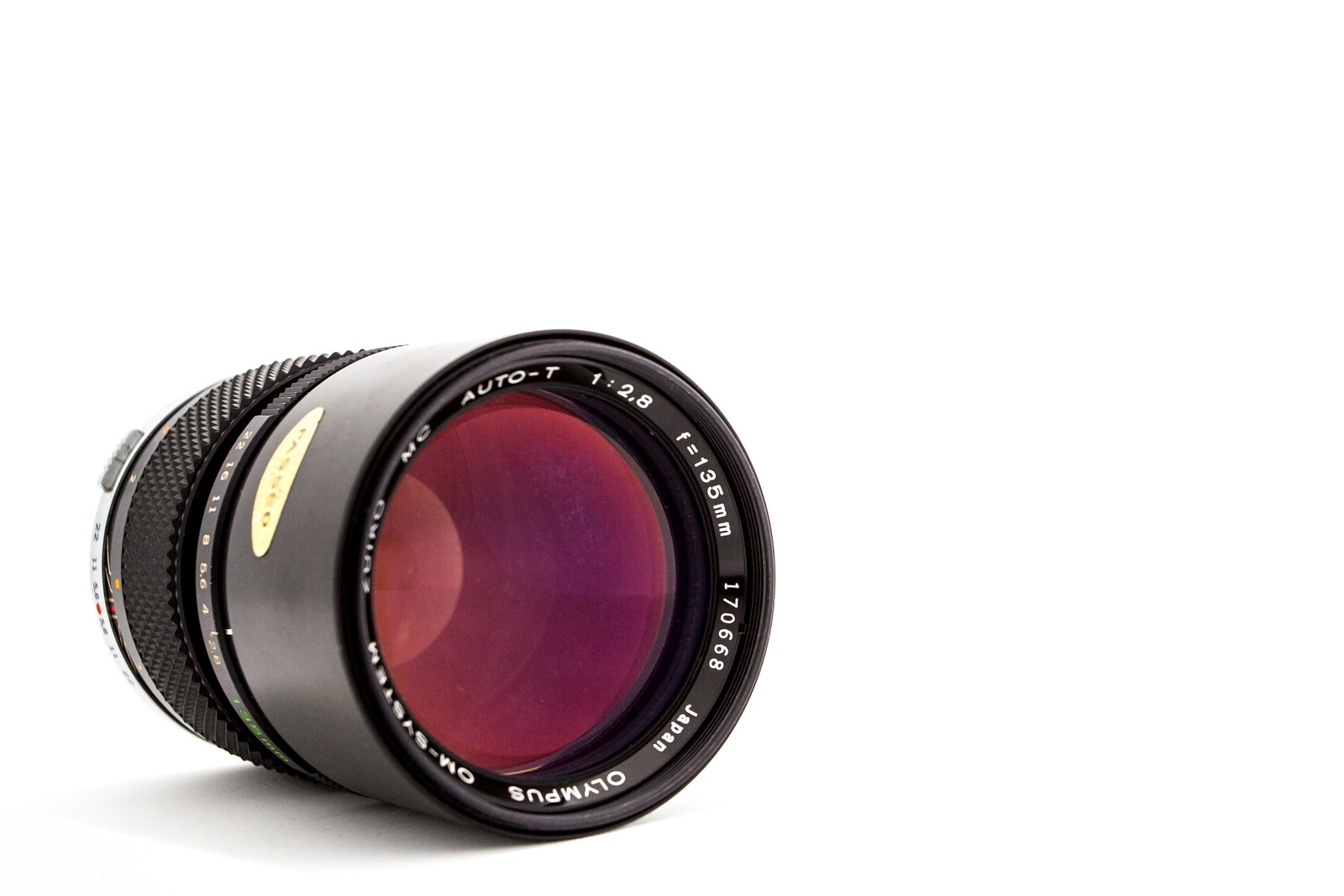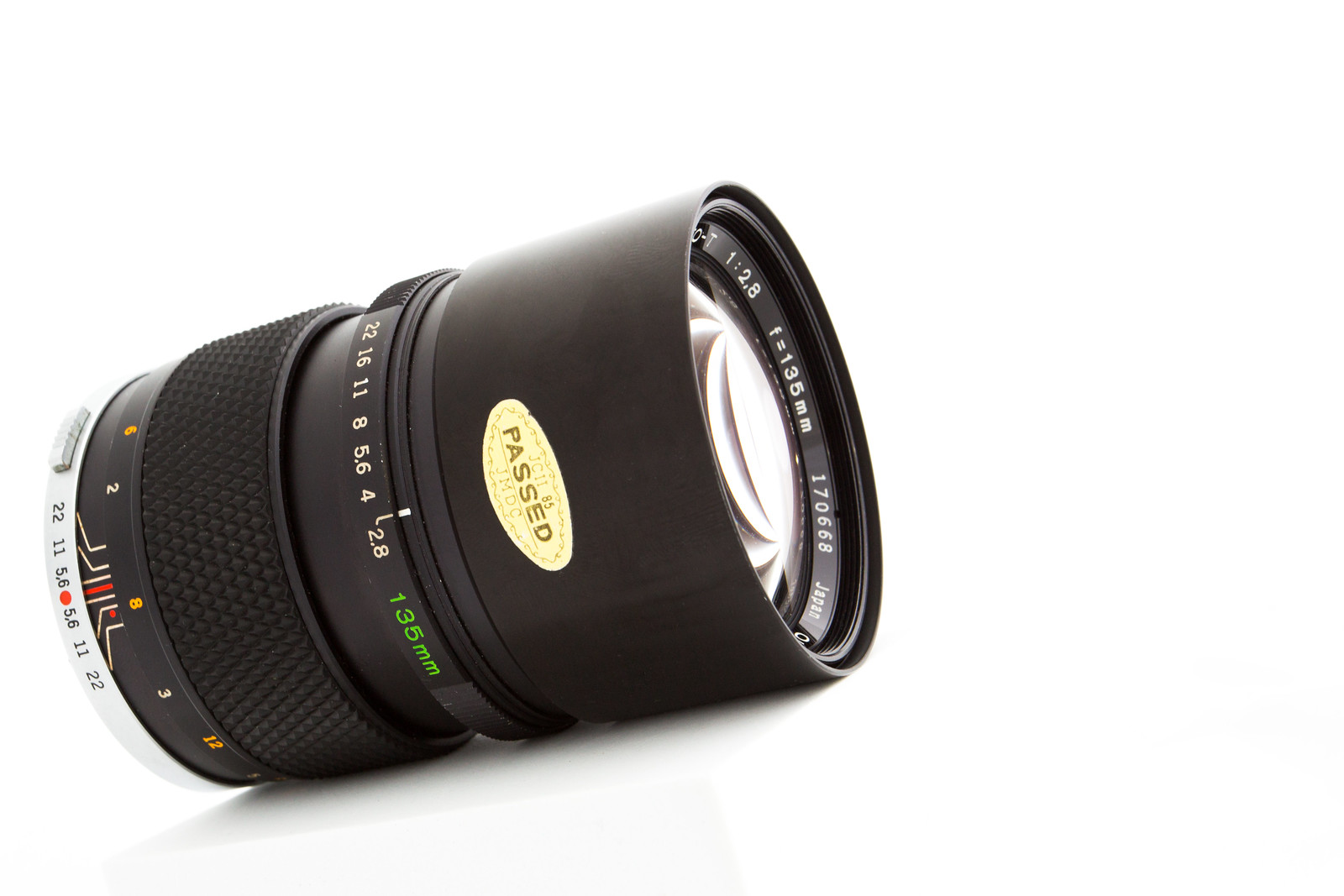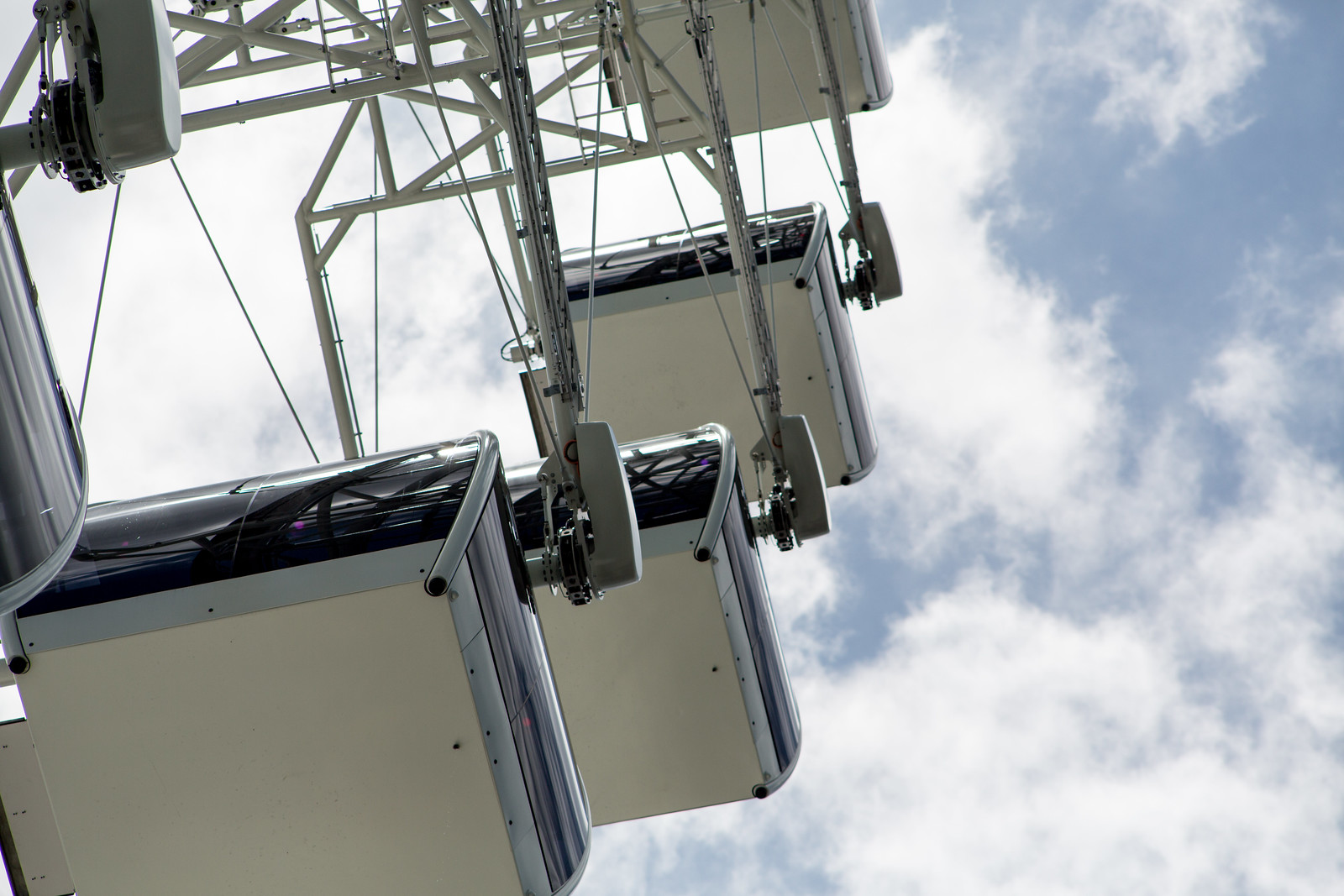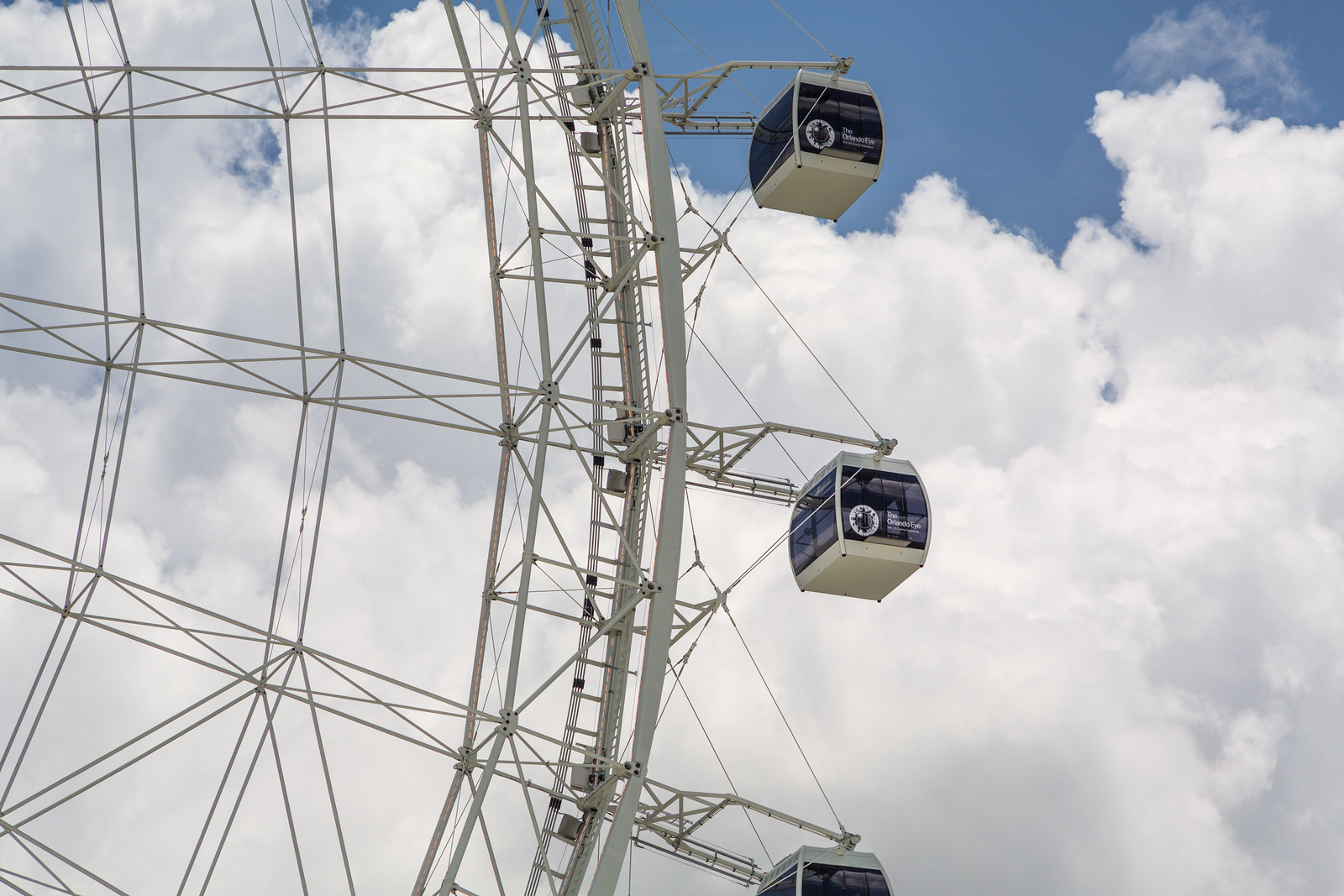Zuiko lenses in general (at least the ones I've used) are pretty excellent. I looked around at the two 135mm primes (the f/3.5 and the f/2.8) for a while, and while the 3.5 was cheaper, they were both very reasonably priced. Right now it looks like you can get a very clean copy of the 3.5 for around $80, while the 2.8 will run about $175 to $200.
Either way, that's a steal. I managed even more of a steal, getting an f/2.8 for free. It was nearly perfect in condition, except that the aperture blades didn't work. I took it apart, adjusted the position of the arm the drives the blades, put it back together, and I had a perfect working copy!
In reviewing this lens, I'm going to be using it on a Canon EOS 5D Mark III. I'm doing this because it will take too long to test on a film camera, and there are just less variables to worry about with he 5D3. When I do have some film photos to share, I'll add them to the review.
From a construction standpoint, it feels pretty much like you'd expect from a Zuiko: excellent built quality, tight tolerances, and a well-damped focus ring. It has a built-in metal lens hood that can be extended when necessary, and the multi-coated glass is just beautiful.
It's bigger than the f/3.5 model in just about every way, but it's still very small by modern standards.
You can even put it in a pocket if necessary, which is really convenient if you want to bring it along but you don't want to resort to carrying a bag.
In my tests, which basically just consisted of me taking a couple of random photos yesterday, the performance was pretty spectacular by my standards. The first photo is of a flowering crepe myrtle in my backyard. This was shot wide open at f/2.8, at the minimum focusing distance of the lens, about 1.5 meters. At first I thought that this was really far, but my Canon EF 70-200mm f/2.8 has the same minimum focusing distance, so maybe that's normal for the range.
I'm really happy with the out-of-focus highlights and the sharpness wide open. In an environment like this (somewhat overcast), it was just amazing.
The next test was with more difficult lighting. The following was taken in direct sunlight around noon, causing some very harsh transitions that brought out the worst when it comes to chromatic aberration and fringing. What I've done here is take two photos. One wide open at f/2.8, and the other at f/8. For each, the left frame shows a 100% crop of the uncorrected photo, while the right is the same image, just corrected for CA and fringing.
First, the shot at f/2.8:
 |
| Shot at f/2.8. Left: no corrections. Right: corrected for purple fringing. Click to view the 100% crop. |
If you click on this image to view the 100% crop at full size, you can see a couple of things. First, you can see how well this lens resolves a subject hundreds of feet away at the wide open aperture of f/2.8, which is awesome. Second, you can see tons of purple fringing where the hard transitions are, and this is less awesome.
Now as I said, this is a really difficult shooting scenario because of the position of the sun, and under more normal conditions like the crepe myrtle above, this won't be a huge issue. You're also looking at a 100% crop off of a pretty good size sensor, so the problem may be magnified somewhat. Finally, as you can see by the rightmost image, it corrects extremely well with just a small adjustment of the purple fringing slider in Lightroom.
Now let's take a look at the f/8 image:
 |
| Shot at f/8. Left: no corrections. Right: corrected for red CA. Click to view the 100% crop. |
Once again, you can click on the image to see the 100% crop. In this case, the fringing is completely gone, replaced by a small amount of red chromatic aberration. This is equally well controlled by the CA correction in Lightroom.
Overall, this is an amazing little lens for not a lot of money. I'd definitely recommend picking one up if you're in the market for an OM lens in this range and you find a good deal.
A couple of other photos taken with the lens:
As always, if you have any specific questions about the performance of this lens (or you have a counterpoint to anything I've said), feel free to leave a comment below! I'll try to answer questions, post specific examples, etc. to help out.






No comments:
Post a Comment